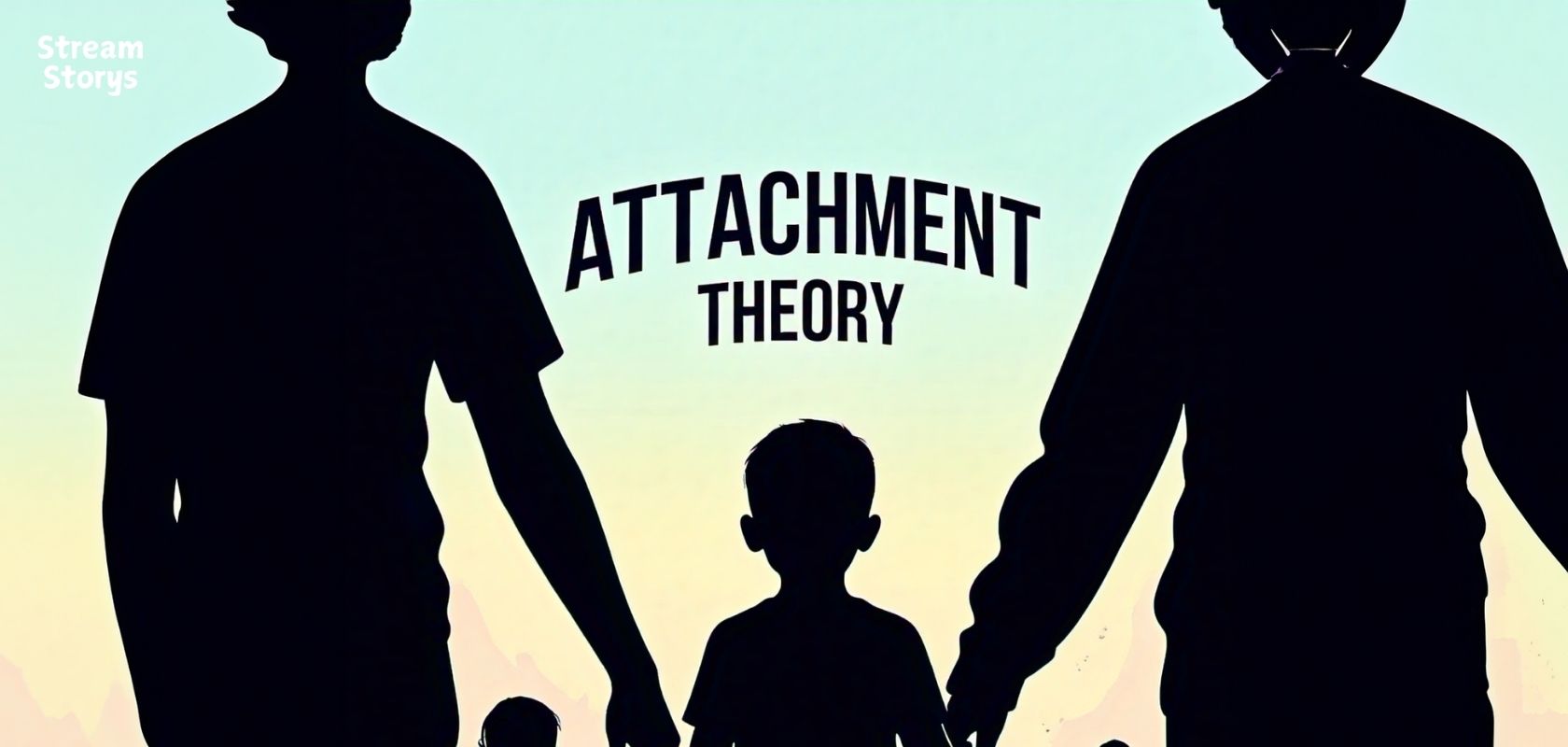
Attachment Theory
Attachment theory helps us understand how the relationships we have as children with our parents or caregivers affect the way we connect with others later in life. These early bonds are so important because they shape how we feel about ourselves and how we approach relationships when we grow up.
When we’re babies, we rely on our caregivers to meet our needs, like feeding us, comforting us, and keeping us safe. The way our caregivers respond to us helps form a bond, or "attachment," that can affect our emotional health and future relationships. Some children form secure attachments, which means they feel safe and loved by their caregivers. These kids grow up feeling confident in themselves and are able to form healthy relationships. They trust others and feel comfortable in close, emotional connections.
Other children, though, might form insecure attachments. For example, some kids might develop an avoidant attachment, where they don’t seek comfort from their caregivers when they’re upset. They learn not to depend on others, and this can make it hard for them to trust people as they grow up. There are also children who form an anxious attachment. These kids might feel uncertain about whether their caregivers will be there for them, and they can become very upset when their caregivers leave. As adults, they might constantly worry about their relationships and seek reassurance.
There’s also a type called disorganized attachment. This happens when a child feels confused or scared by their caregiver’s behavior. The caregiver might be inconsistent or even frightening, leaving the child unsure of how to respond. Adults with this type of attachment might struggle with trust and find it difficult to form healthy relationships.
How we attach to others as children influences our emotional development. When children feel securely attached, they learn to regulate their emotions and feel safe in the world. They grow up with a sense of trust and confidence. But when children don’t feel secure, it can be harder for them to handle their emotions and they might struggle with self-esteem. They may feel uncertain about themselves and the people around them.
As we get older, the way we form relationships with others is influenced by how we were attached as children. If someone had a secure attachment, they’re more likely to have healthy relationships as adults. They trust others and are comfortable with closeness. On the other hand, someone with an insecure attachment style might have trouble with relationships. For example, they might avoid getting too close to people or constantly worry that their relationships will fall apart.
The good news is that attachment can change over time. Even if someone had an insecure attachment in childhood, they can develop a more secure attachment as an adult. This can happen through healthy relationships, therapy, or just being more aware of their emotional needs. Understanding attachment helps us improve our own relationships and emotional health, whether we’re building bonds with children or learning to strengthen our connections with others.
Credits
Posters : Photoshop, Meta AI, Canva. Designed by Jessi Hemanth